Part 37
EPILOGUE
Life went on.
By 1987 scrubby weeds and small bushes were happily growing in the cracked and radioactive streets of Jerusalem. In 1992 a lightning strike started a fire that caused much of what was left of Constantinople to burn down.
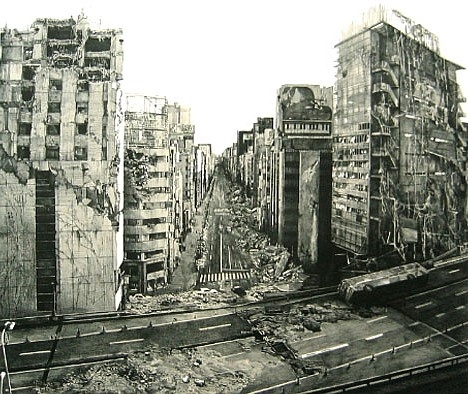
Acre, 1985
Some of the lower levels of Jerusalem's royal palace had escaped destruction from the atomic bomb. Water pooled and ran down into the lower levels. It flooded the catacombs beneath the Temple Mount. The mummified corpses of the ancient Kings of Jerusalem: Baldwin IV, Charles the Mad, Queen Ioulanda, and all the rest rotted and turned to mush in the dank, radioactive darkness.
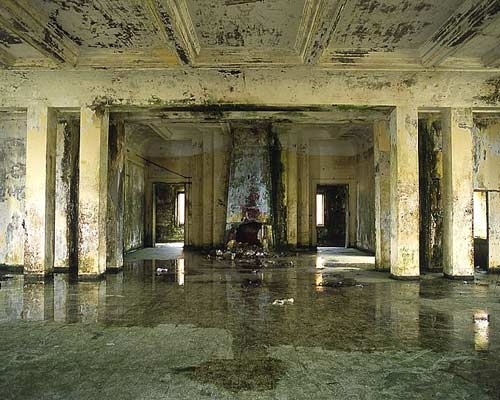
The Royal Palace of the Kings of Jerusalem, 2015 A.D.
The Great Dam at Aswan had survived a strike from a Chinese nuclear missile, but on August 9th, 2063 the badly damaged structure finally collapsed. A massive wall of water swept down the Nile. Like the hand of God it wiped out nearly all traces of human civilization along the river. Thousands of years of temples, churches, and fortresses were swept out into the Mediterranean. When the waters had passed, only the Great Pyramids of Giza remained to show that mankind had once lived in Egypt.
On the other side of the Atlantic, Nicholia began to return to the state it had been just a few centuries ago, before it had been discovered by Europeans. The works of the Confederates and Federals passed away alike, the domain of rats and cockroaches.
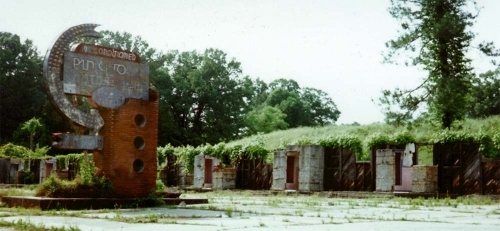
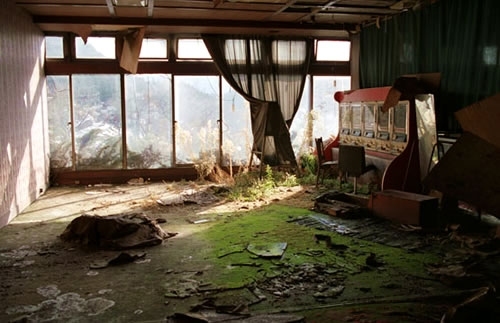
The 'modern' steel and brick buildings of man faded quickly. Roadways vanished quickly. As the centuries passed on, the overgrown constructions of massive stone and rock survived longest. Cathedrals, palaces, and old castles jutted out from the tangled forest and overgrowth.

The Great Palace of Saint Louis I in Baghdad.
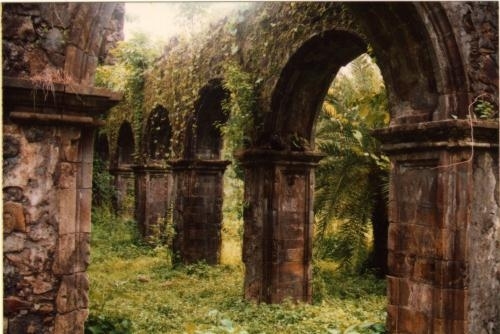
A once rich Renaissance trading hall, built by the Kingdom of Jerusalem, is reclaimed by the Indian jungle.
Gradually, the centuries stretch into thousands of years. Somewhere around 15,000 A.D. the current interglacial period begins to end. The world grows cold and massive glaciers begin to slide down from the poles. They scrape away what remnants remain of human civilization in northern Nicholia and Europe. The glacial front pushes before it the crumbled stones of the Scottish palaces in Edinburgh, dumping them off the cliffs of Dover into the dry and frozen seabed left behind by the retreating English Channel. The seventy-foot stone statue of the first Confederate president slips under the ice and is milled to dust.

The coast near the ruins of the Byzantine capital of Constantinople
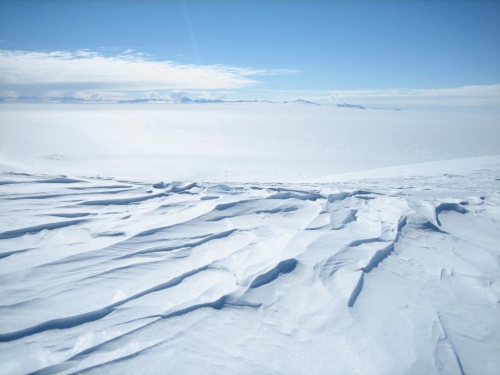
The plains of northern Italy, near Venice
But not all is cold and snow. Changing rain patterns bring lush life to the Sahara desert. The limestone of the Great Pyramids begins to erode faster. Grass and small trees grow up their sides. After a few more thousand years they become completely coated in greenery, three large and oddly regular hills emerging from the forest.
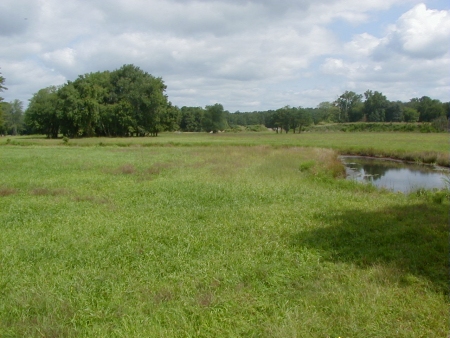
Twenty feet under the soil lie the remains of one of Jerusalem's Sahara desert fortifications.
The world continued to change.
The glaciers retreated, then slid south again, then north, then south, like a frozen heart beating out the long years. After a few million years the ice age ended, and the Earth entered a warmer period. Shallow seas covered large swaths of low lying lands across the globe. Brightly colored tropical fish darted back and forth high above where cities like Baghdad and Paris once were.
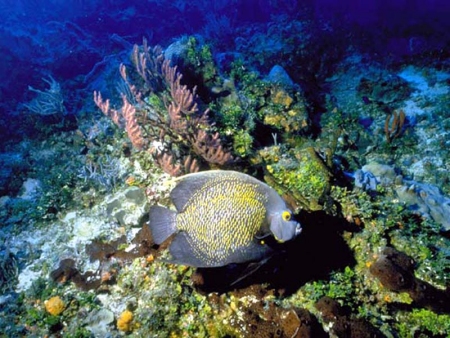
A reef over buried Baghdad.
The continents continued their slow dance. Africa continued to push toward Europe. Morocco collided with southern Leon, gradually pushing up new mountains. The landscape of Jerusalem began to buckle and distort. The Mediterranean Sea began to gradually uplift and dry out. Africa struck Italy and the beginnings of a range of mountains to rival the Himalayas began to rise.
Some eight million years before, a man had been murdered in southern Jerusalem, near the coast. His body had been dumped in a creak. His flesh had been consumed by insects and fish. Some few months after he died, a flash flood had washed his bones into a river and thence to the sea. His skull had been submerged in shallow marine clays. Over the years the clay grew thicker and thicker. Minerals dissolving down through the sediments gradually fossilized the skull. The skull now lay under sixty feet of solid rock on the uplifted plain that had once been the eastern Mediterranean.

Now, from the dark outer edge of the solar system, a visitor came. A moderately sized comet on a long orbit fell toward the sun. It looped around the sun, followed by a long and brilliant tail unseen by any thinking mind. However, before it could return to the cold of the outer solar system something got in the way. The comet struck the former basin of the eastern Mediterranean with nearly unimaginable force. It excavated a crater some thirty miles in diameter. Several million tons of rock and debris were flung out of Earth orbit to their own independent orbits around the sun.
One of these bits of debris was the fossilized skull. Stronger then the surrounding sedimentary rock, it rocketed away from the Earth largely undamaged. So it was that the last mortal remains of Pancrazio of Lombardia took flight into the heavens.
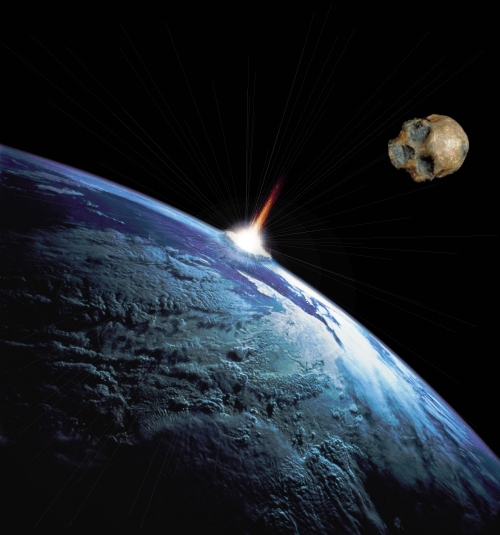
Earth continued on. There were mass extinctions and new forms of life. Against all odds, the descendents of domesticated chickens became one of the Earth's most fearsome predators, growing in size over millions of years until they were nearly as large as the ancient Tyrannosaurs Rex. The octopods came out from the oceans and became one of the most intelligent species on the planet, but they never quite mastered language or agriculture. The Earth would never know intelligence again. Both the Horror Chickens and the land octopods would go extinct when the sun and Earth passed a bit too close to a nearby supernova. It was one of the worst mass extinctions in the planets history, but a few tens of millions of years later plenty of new species had stepped up to inhabit the world.

Horror Chickens

First steps.
The skull of Pancrazio continued to hurtle around the solar system. Every now and then its orbit would take it near one of the planets. If the angle and approach were just right the skull would pick up a bit of speed. Some twelve million years after it had been launched from the Earth it passed particularly close to Jupiter. Lit by the blazing orange clouds of Jupiter, and dusted by a thin layer of sulfur from the volcanos of Io, Pancrazio's skull picked up enough momentum that it never fell back toward the sun. Instead it arced out and out, drifting out of the solar system and grasp of the sun altogether. The pale blue spark of the Earth faded away and the sun itself dwindled over the long years to nothing but another dim and distant star.
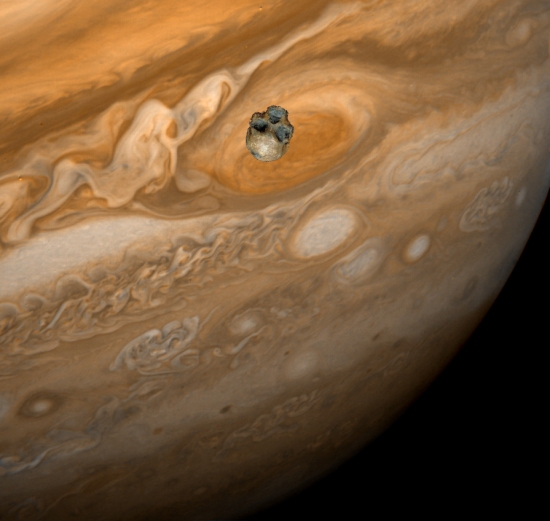
Nothing lasts forever. A little over a billion years after the end of human civilization the output of the sun had increased to the point to make life impossible on Earth. The self correcting mechanisms that had kept the Earth hospitable began to fail. The unrecognizable continents dried out and became vast deserts. The seas began to smoke and boil away. Eventually the Earth became akin to Venus. Toxic clouds stormed over a rocky wasteland and slag and bare stone beneath a smoldering sun. Bacterial life continued for a few millions deep in cracks and fissures under the surface, but eventually even that too ceased.
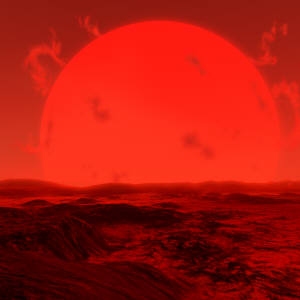
Two and half billion years after King Baldwin IV had taken the throne, the Andromeda Galaxy began a vast, impossibly slow collision with the Milky Way. Vast streams of stars and gas were launched free of the swirling maelstrom. The sun and Earth remained in orbit around the Milky Way's core, but the skull of Pancrazio soared free into intergalactic space, not much changed by its long travel through the emptiness between the stars. As Andromeda and the Milky Way slowly coalesced into a vast elliptical galaxy there was a tremendous era of new star formation. Countless billions of bright blue stars came into being and died, supernovas popping off like a storm of flash bulbs, scouring the dead Earth with radiation.
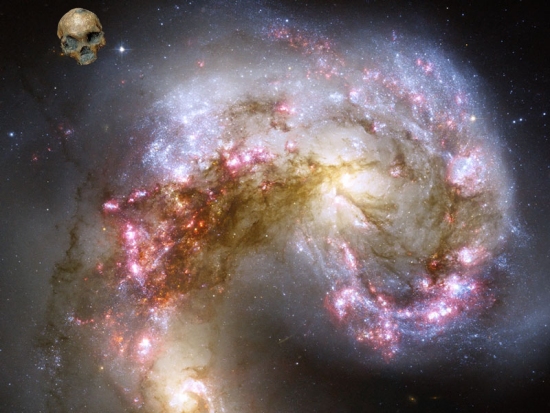
Somewhere around 5,000,000,000 A.D. the sun entered its death throes. It swelled up into a red giant, consuming the inner solar system out past the orbit of Mars. The Earth melted and passed away like a morning mist. For a while there was a particularly mineral rich band of gas in the sun's atmosphere where man's home once was. Then it too passed away. Eventually the red giant sun dwindled down to a tiny, glowering dwarf star, surrounded by the slowly fading nebula of its cast off outer layers. In the darkness, Jupiter and the other outer worlds continued to orbit, largely unchanged, around their dead mother.
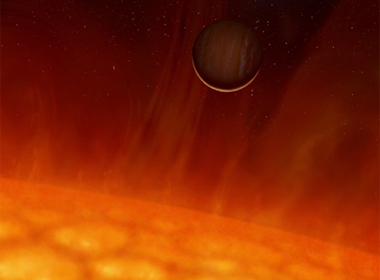
One by one the other stars in the universe began to gutter out. It took a long, long time, but eventually most galaxies became dark and cold. In the utterly empty night between galaxies, the skull of Pancrazio of Lombardia was free even from the faint erosion of gas and dust. It tumbled through the dark, cold, slow passage of time as billions of years mounted into hundreds of trillions.
Galactic corpses began to infall into ultra massive black holes like the 'Great Attractor'. Eventually what was left of the Milky Way and Andromeda passed the event horizon of the Great Attractor, being compressed down to a perfect, mathematical point. The skull of Pancrazio lingered a few hundred million years behind. Pancrazio's skull didn't survive to hit the event horizon intact. The superheated disc of galactic material falling into the Great Attractor stretched out for hundreds of thousands of light years and radiated at enormous temperatures. Pancrazio's skull gradually softened and lost definition. Then it began to glow red hot. Eventually it evaporated into gas.

The Great Attractor, Eater of Galaxies.
Eventually most of the mass in the universe was swallowed by black holes. But even black holes weren't immortal, gradually decaying via Hawking radiation. After time scales that defied human comprehension, the last of the black holes died. The universe became an utterly dark, impossibly thin, haze of cooling sub-atomic particles. Over even vaster periods of time even those began to decay into nothing.

After that, nothing much ever happened again.
quote:
"The present life of man, O king, seems to me, in comparison of that time which is unknown to us, like to the swift flight of a sparrow through the room wherein you sit at supper in winter, flying in at one door, and immediately out at another into the dark winter from which he had emerged. So this life of man appears for a short space, but of what went before, or what is to follow, we are utterly ignorant."
FINI